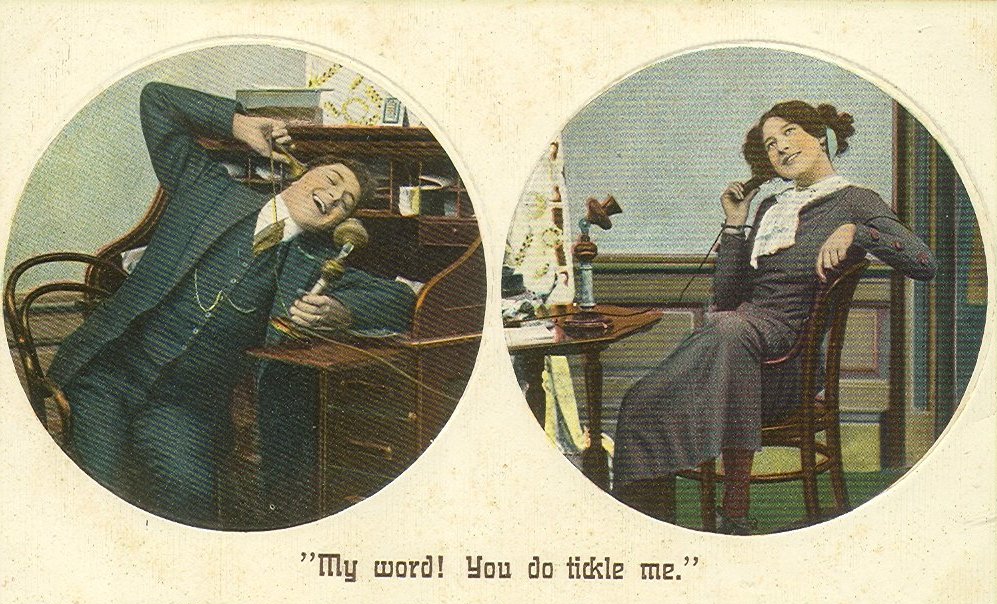Aug 10, 2012
Aug 6, 2012
Hilbert Disco
The Hilbert curve has the interesting property that points local on the plane are likely to be local on the Hilbert curve as well.
The image below is a colored square. Each square is colored in a sequence along the Hilbert curve. This gives the image the nice property that it has many patterns in it, but still sufficiently complex that it isn't just a pattern. It looks a bit random.
The image below is a colored square. Each square is colored in a sequence along the Hilbert curve. This gives the image the nice property that it has many patterns in it, but still sufficiently complex that it isn't just a pattern. It looks a bit random.
May 19, 2012
Apr 30, 2012
Stock Visualization
I've never really liked stock visualizations. Most visualizations don't seem to compare the stocks against the market. Even those that do are often too short term to see the global behavior of the stock.
The images below are Log-Log plots of individual stocks against the Dow Jones industrial average over the course of each stocks lifespan. The log value of the Dow Jones is on the bottom axis and the value of the stock is on the log value of the stock is the on the vertical axis. The red dot is the current value of the stock.
Stocks do well if the line trends to the top of the chart. The market in general is doing well if it trends to the right. Over time all these graphs trend to the right and the top since I've selected for successful companies.
Maybe the most interesting stocks to look at this way are the older ones.
This is GE. GE has been stably rising alongside the index for much of its mature life except recently. This seems to be true of most stocks. The graphs somewhat look like flowers. The stem of the flower ends around 1997 and the flower begins, signalling that the stock became much less correlated with the Dow Jones.
This plot is for Walmart which shows essentially the same structure as GE above.
IBM is another older stock. You can see the flower at the top left, but it looks like the stock might have recently left the flower head for good.
Microsoft pretty clearly shows the flower pattern, but it not clear that it is leaving the flower region at the top of the stalk.
Apple is a great counter example. The stock was doing pretty poorly most of life until recently. There is no flower pattern in this stock. Things are must less clear in newer companies which have no stalk.
Google's growth has been mostly vertical because it was grown while the Dow Jones hasn't. It's still possible to see though that the value of Google is effected by the Dow Jones, though weakly in how its flower slants.
Compare that to Amazon though. The leaves in its flower are completely horizontal. The changes in the Dow Jones don't seem to affect its value and it climbs up slowly despite them.
The images below are Log-Log plots of individual stocks against the Dow Jones industrial average over the course of each stocks lifespan. The log value of the Dow Jones is on the bottom axis and the value of the stock is on the log value of the stock is the on the vertical axis. The red dot is the current value of the stock.
Stocks do well if the line trends to the top of the chart. The market in general is doing well if it trends to the right. Over time all these graphs trend to the right and the top since I've selected for successful companies.
Maybe the most interesting stocks to look at this way are the older ones.
 |
| GE |
 |
| Walmart |
 |
| IBM |
 |
| Microsoft |
Microsoft pretty clearly shows the flower pattern, but it not clear that it is leaving the flower region at the top of the stalk.
 |
| Apple |
 |
 |
| Amazon |
Compare that to Amazon though. The leaves in its flower are completely horizontal. The changes in the Dow Jones don't seem to affect its value and it climbs up slowly despite them.
So what do these visualizations mean?
Nothing. They're just another stupid stock visualization.
Apr 25, 2012
Good-bye Sweet Silence
Smart phones are the dead end of both personal ownership and communal property. They provide no hope for a democracy of creativity on the internet or privacy. They are only a poor fix for our need for friendship and communication.
I've inconvienced my friends and family for a long time with my refusal to get a modern cell phone. Most have been kind of enough to put up with it, but I can't go on. It's impossible to be really free.
Politeness and Machines
An automatic checkout machine just asked me:
¨Have you swiped your member card yet?¨
This of course caused me to pause and consider what the machine was telling me. The sentence is actually really complicated, but it's just a polite way of saying:
"Swipe your damn card."
The polite version just doesn't work for me though. When anyone says something like it, they are relying on plausible deniability. They might not be sure whether you have swiped it or not. So they can say this without seeming demanding. They can plausibly deny having any knowledge of whether you have done this or not.
The machine however has no plausible deniability. It knows whether you have or not. The fact that it tries to get away with the plausible denial seems to make it unnaturally rude. Instead, it's very clear that it knows you have not swiped it and comes off as very insincere.
Anyway, I got yelled at in the automatic checkout lane today for thinking too much about the linguistics of politeness and how it affects machines. The last chapter of Pinker's "The Stuff of Thought" has some good material on the subject.
"Swipe your damn card."
The polite version just doesn't work for me though. When anyone says something like it, they are relying on plausible deniability. They might not be sure whether you have swiped it or not. So they can say this without seeming demanding. They can plausibly deny having any knowledge of whether you have done this or not.
The machine however has no plausible deniability. It knows whether you have or not. The fact that it tries to get away with the plausible denial seems to make it unnaturally rude. Instead, it's very clear that it knows you have not swiped it and comes off as very insincere.
Anyway, I got yelled at in the automatic checkout lane today for thinking too much about the linguistics of politeness and how it affects machines. The last chapter of Pinker's "The Stuff of Thought" has some good material on the subject.
Subscribe to:
Posts (Atom)




